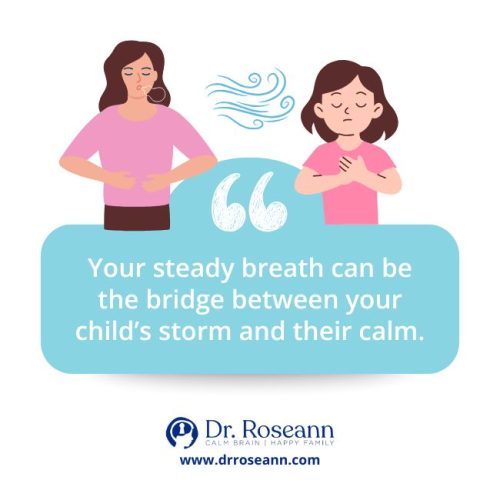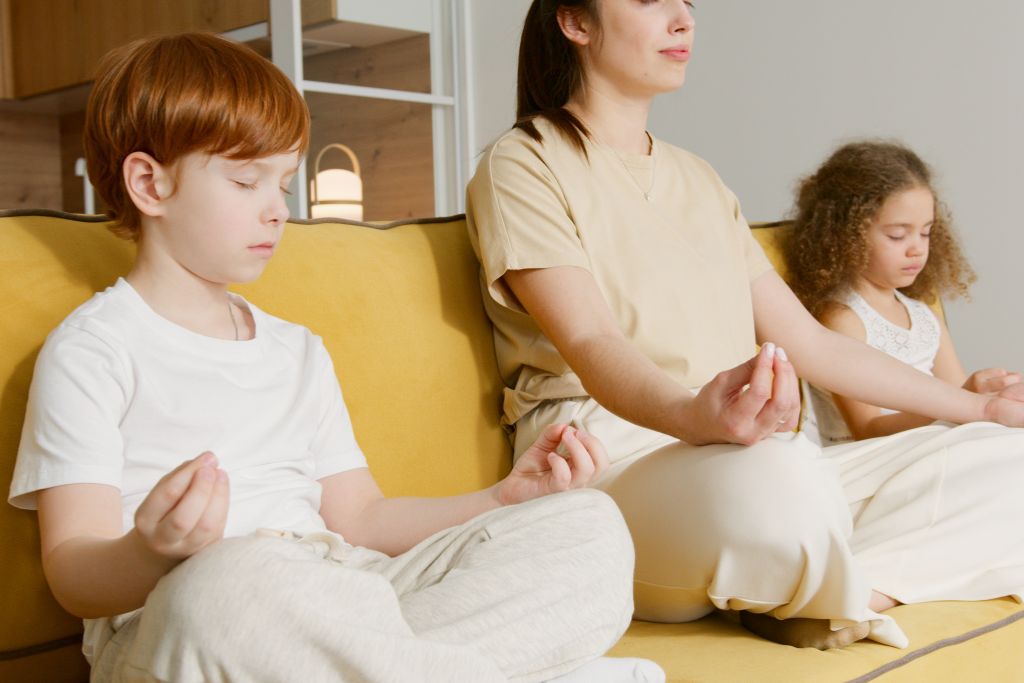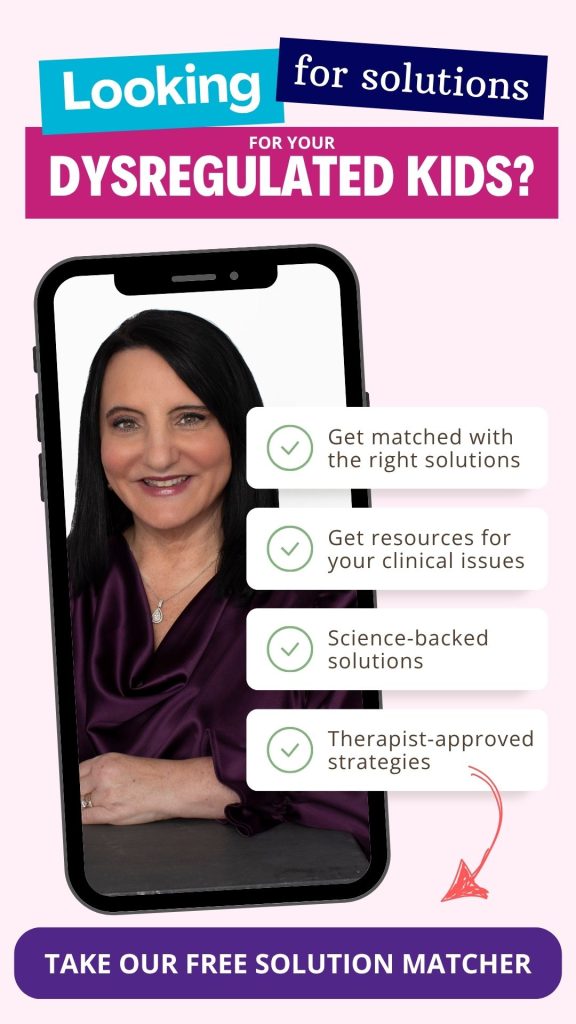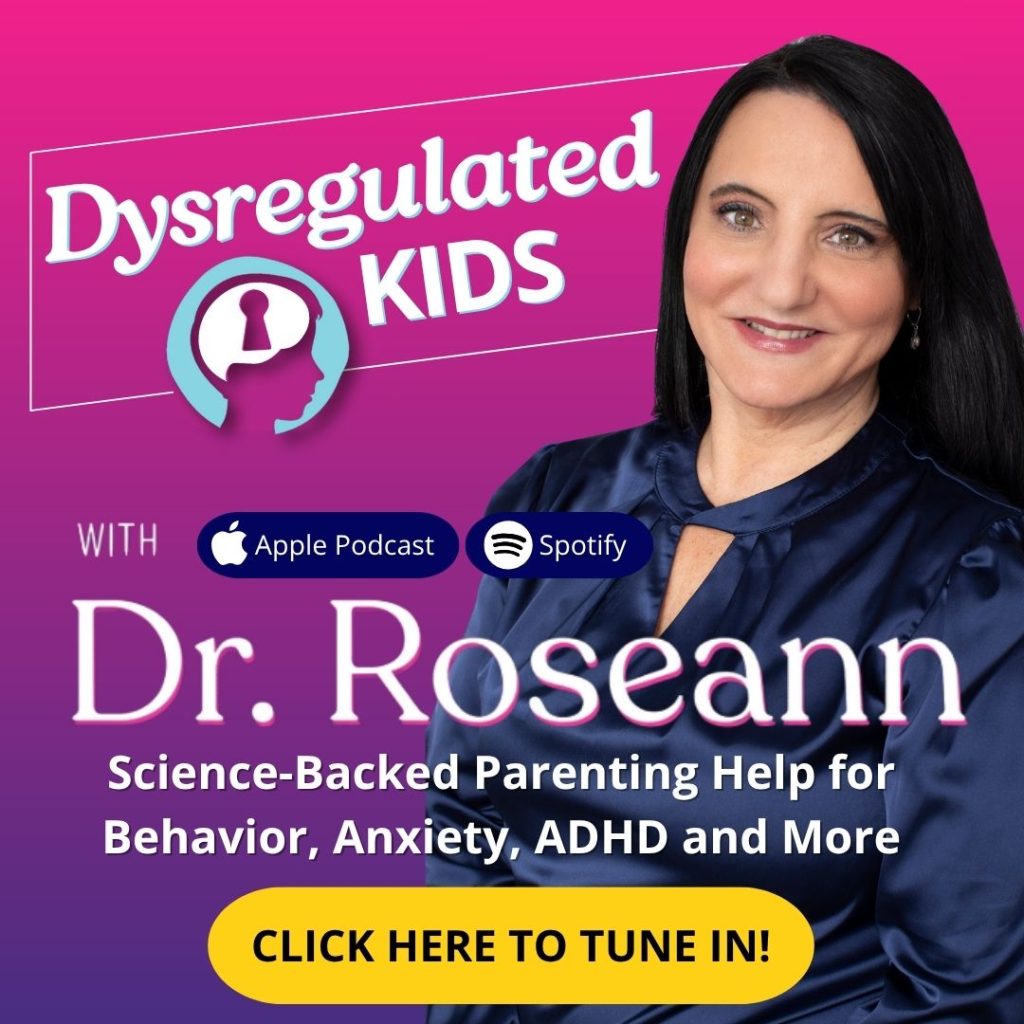Estimated reading time: 8 minutes
You know those days when it feels like your child is riding an emotional rollercoaster and you’re stuck in the seat beside them, just hoping someone hits the pause button? This blog is your calm in that storm.
Imagine your presence acting like a gentle anchor when emotions swirl out of control. That’s exactly what nervous system coregulation is: the shared emotional rhythm between you and your child that transforms chaos into connection, moment by moment. Let’s explore how co-regulation becomes the bridge between overwhelm and connection, helping both of you feel more grounded.
Signs Your Child Needs Nervous System Coregulation
Sometimes it feels like your child’s emotions come bursting out so loudly the neighbors might hear… and other times, they shut down and disappear into themselves. That’s what dysregulation often looks like, it swings between emotional extremes. One moment, it’s explosive outbursts; the next, it’s total withdrawal.
And as a parent, you’re left wondering, “How do I reach them in either state?”
Here are some common signs of dysregulation you might notice:
- Intense meltdowns over what seems like small triggers
- Prolonged shutdowns or withdrawing from connection
- Struggles with transitions (bedtime, leaving the house, starting school)
- Sensory overload reactions (like covering ears, freezing, or bolting)

How Does Co-regulation Differ from Self-Regulation
Coregulation is the loving co-kneading of emotions between you and your child. Self-regulation is what they learn to knead on their own over time.
| Coregulation | Self-Regulation | |
|---|---|---|
| Who is involved | You + your child (relational attunement) | Your child independently |
| How it works | Through calm voice, touch, predictable presence | Internal calming skills like breathing |
| Why it matters | Models safety and builds emotional resilience | Empowers independent emotional coping |
| Outcome | Greater emotional safety and trust | Emotional control and decision-making |
When your child’s nervous system is all over the place, whether they’re exploding with anger or shutting down completely, they need your steady presence like an anchor.
- Your calm breath becomes their cue to slow down.
- Your gentle voice reassures them they’re safe.
- Your presence shows them they’re not alone in the storm.
Little by little, those repeated moments of co-regulation teach your child’s brain and body how to regulate themselves.

When and How Can Parents Use Nervous System Coregulation Effectively?
Co-regulation works best when you step in before your child gets completely overwhelmed—but it’s also powerful in the middle of big emotions. Think of it as being their safe harbor when the waves get too high.
Here’s your practical co-regulation toolkit:
✔ Regulate yourself first
Your child will borrow your calm, so start with you. Take a few slow breaths, soften your shoulders, and lower your voice.
✔ Get on their level
Crouch or sit so you’re eye-to-eye. Gentle, validating words like “I see you’re upset” or “I’m here” remind them they’re not alone.
✔ Offer physical grounding
Sometimes a soothing rhythm helps regulate the nervous system. Try rocking side to side, humming softly, or guiding them to match your slow breaths.
✔ Respect their cues
If they don’t want to touch, hold space nearby with a calm presence. Your stillness can be just as regulating as a hug.
✔ Use it proactively
Notice your child’s triggers—like transitions, fatigue, or sensory overload—and bring in co-regulation before things escalate. Even a few grounding breaths together in the car before school can help.
Where Does Coregulation Happen Naturally In Family Life?
Co-regulation doesn’t have to be a big, structured moment—it’s woven into the daily rhythms of family life. The key is noticing the little windows where your child is most open to connection.
Here’s where it tends to flow most naturally:
✔ Bedtime routines
Snuggles, soft voices, and stories help calm the nervous system and signal safety.
✔ Morning transitions
A gentle check-in before school, reading together, or even a hug at the door sets the tone for the day.
✔ Car rides
The rhythm of the road is grounding. Use the quiet time for music, breathing together, or light conversation.
✔ Infants & toddlers
They regulate almost entirely through you. Touch, rocking, and soothing tones help them borrow your calm.
✔ Older kids
They may need shorter, more intentional pauses—like a breathing break, a quick walk, or a reassuring hand on the shoulder.
✔ Shared rituals
Family meals, evening walks, or prayer/quiet time create natural anchors where everyone’s nervous system can sync.

Why is Coregulation Important for Dysregulated Kids?
For children with ADHD, ASD, anxiety, or mood challenges, their nervous systems are like sensitive alarms—easily tipped off balance by stress, transitions, or unexpected changes.
When this happens, they can’t just “calm down” on their own. Coregulation provides a safe, steady anchor they can lean on until their system resets.
Research shows that it’s not about perfection but about pattern: when parents consistently respond in a flexible, calm, and emotionally available way, kids gradually build their own self-regulation skills. But if the caregiver reacts with frustration or harshness, the child’s nervous system stays stuck in fight, flight, or freeze mode.
💡 Real-Life Example:
Imagine a 9-year-old with ADHD who melts down when homework time starts. Instead of snapping, “Stop overreacting!” the parent takes a breath, softens their voice, and says, “I can see this feels hard. Let’s sit together and solve the first problem.” The child feels their parent’s calmness, their breathing steady, and within minutes they can begin the work. Over time, this repeated experience wires the child’s brain to connect stress with support instead of chaos.
How can I use nervous system coregulation even on my own tough days?
Here’s the truth: your child doesn’t need a perfect parent, they just need a regulated one. Your calm is their calm, but what about the days when you feel drained, stressed, or on edge yourself? That’s exactly when small shifts can make the biggest difference.
Try this:
- Do a quick self-check
Pause for one deep breath. Press your palm over your heart and remind yourself: I can be the calm in the storm. - Name it out loud
Model honesty without overwhelm. Say, “I’m having a tough day, but I’m here for you.” Kids learn that emotions are safe — and that connection matters more than perfection. - Lean on predictable routines
Bedtime rituals, a few minutes of snack-time breathing, or even a silly song you always sing in the car. Familiar rhythms anchor kids when your energy is low.
Even on your hardest days, these tiny moments of presence whisper to your child’s nervous system: You’re safe. We’ve got this together. And each time you show up in this way, you’re wiring resilience — for them and for you.

Brain Science Spotlight
Recent neuroscience shows that during caring exchanges, caregiver and child brains align—what’s called biological synchrony. This sync involves nervous system signals that help dissipate stress hormones like cortisol and engage oxytocin, the “bonding” hormone—helping restore balance for both of you.
Dr. Roseann’s Therapist Tip
In my 30+ years of clinical practice, I’ve learned that calm doesn’t just happen—it’s fostered actively. Here’s what I tell parents:
Try this today:
Pause and take three deep breaths before responding in a heated moment.
Why it works:
This simple step engages your parasympathetic system, helping shift your energy from reactive to responsive.
Remember: you’re not just managing behavior—you’re modeling regulation. It’s gonna be OK
Parent Action Steps
FAQs
Q1. Isn’t self-regulation the goal? Why coregulation?
Coregulation is the learning ground that fosters self-regulation. You’re teaching, not just managing.
Q2. What if I’m too triggered to co-regulate?
If you’re overwhelmed, seek a momentary break or ask another trusted adult for help—that pause is essential, not a failure.
Q3. Does coregulation work for older kids?
Yes, it evolves—with routines, breathing breaks, or “cool-down corners”—the guiding calm still works at any age.
Dr. Roseann Capanna-Hodge is a licensed mental health expert that is frequently cited in the media:
- Today How to keep your kids physically and mentally afloated
- Little Sleepies How to Practice Mindfulness with Your Kids
- Well + Good The Best Lego Sets for Adults To Unleash Creativity and Practice Mindfulness
Always remember… “Calm Brain, Happy Family™”
Disclaimer: This article is not intended to give health advice and it is recommended to consult with a physician before beginning any new wellness regime. *The effectiveness of diagnosis and treatment vary by patient and condition. Dr. Roseann Capanna-Hodge, LLC does not guarantee certain results.
Are you looking for SOLUTIONS for your struggling child or teen?
Dr. Roseann and her team are all about science-backed solutions, so you are in the right place!
©Roseann Capanna-Hodge










